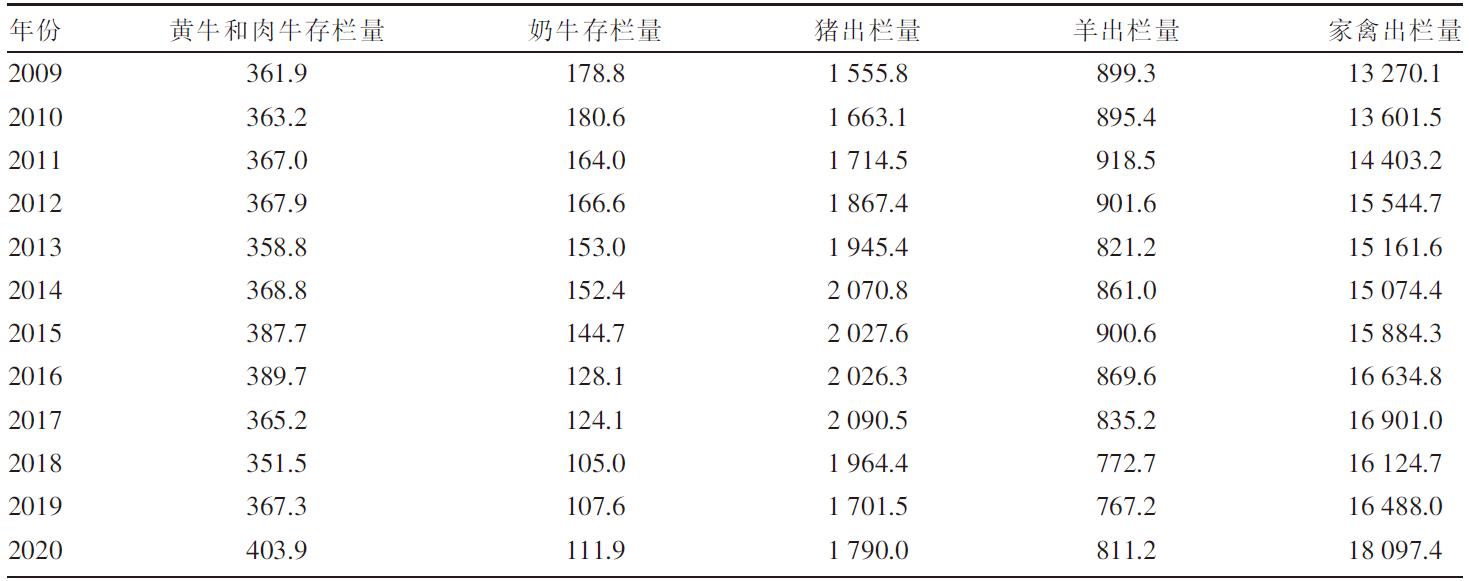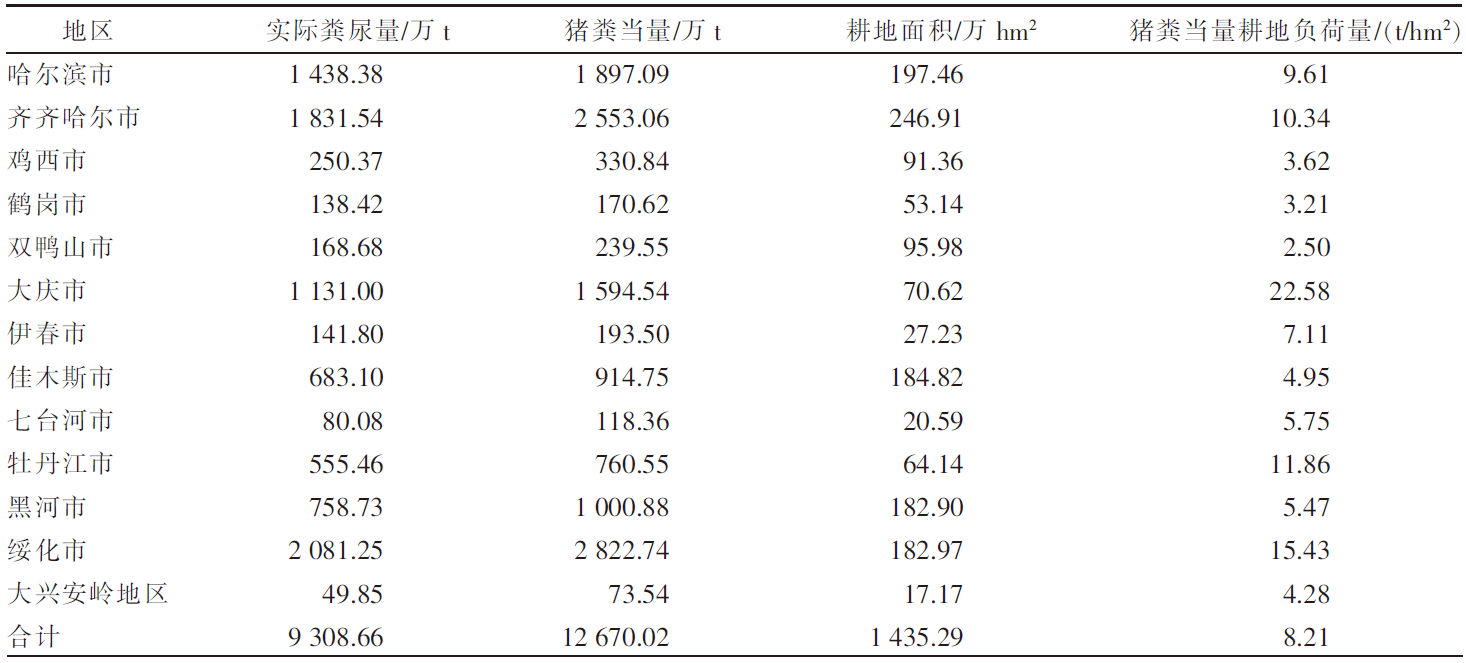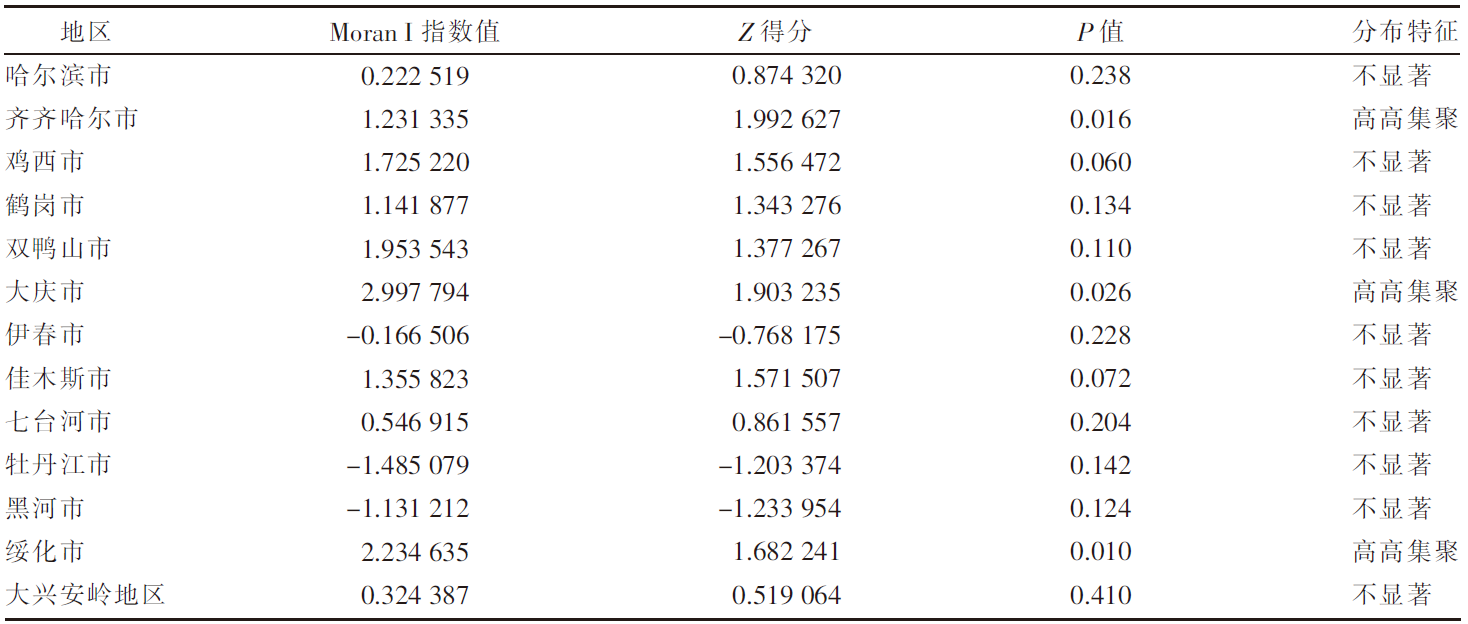| [1] |
牛统娟, 王智, 胡建宏. 畜禽粪污资源化利用方式研究进展[J]. 畜牧兽医杂志, 2021, 40(3):19-22,25.
|
| [2] |
NAHM K H. Efficient feed nutrient utilization to reduce pollutants in poultry and swine manure[J]. Critical Reviews in Environmental Science and Technology, 2002, 32(1):1-16.
doi: 10.1080/10643380290813435
|
| [3] |
农业农村部办公厅, 生态环境部办公厅. 农业农村部办公厅生态环境部办公厅关于进一步明确畜禽粪污还田利用要求强化养殖污染监管的通知[EB/OL].(2020-06-17)[2023-02-25]. http://www.moa.gov.cn/govpublic/xmsyj/202006/t20200617_6346644.htm.
|
| [4] |
OENEMA O. Governmental policies and measures regulating nitrogen and phosphorus from animal manure in European agriculture[J]. Journal of Animal Science, 2004, 82(Suppl):E196-E206.
|
| [5] |
DIJKSTRA J, OENEMA O, BANNINK A. Dietary strategies to reducing N excretion from cattle:Implications for methane emissions[J]. Current Opinion in Environmental Sustainability, 2011, 3(5):414-422.
doi: 10.1016/j.cosust.2011.07.008
|
| [6] |
石晓晓, 郑国砥, 高定, 等. 中国畜禽粪便养分资源总量及替代化肥潜力[J]. 资源科学, 2021, 43(2):403-411.
doi: 10.18402/resci.2021.02.17
|
| [7] |
郭冬生, 王文龙, 彭小兰, 等. 湖南省畜禽粪污排放量估算与环境效应[J]. 中国畜牧兽医, 2012, 39(12):199-204.
|
| [8] |
张建杰, 郭彩霞, 覃伟, 等. 山西省畜禽业发展及粪尿养分时空变异[J]. 应用生态学报, 2016, 27(1):207-214.
|
| [9] |
张靖雨, 汪邦稳, 袁先江, 等. 安徽省畜禽养殖粪尿及养分含量时空分布特征[J]. 农业资源与环境学报, 2021, 38(2):295-304.
|
| [10] |
朱丽梅, 耿如林, 穆钰, 等. 黑龙江省畜禽粪污土地承载力分析[J]. 中国草食动物科学, 2019, 39(5):50-56.
|
| [11] |
王爽, 孙磊, 金梁, 等. 黑龙江省畜禽养殖量时空分布特征及耕地污染负荷分析[J]. 东北农业大学学报, 2016, 47(12):38-47,64.
|
| [12] |
韦春波, 李洋洋, 孙广涛, 等. 黑龙江省畜禽粪便的排放量及时空分布特征[J]. 黑龙江畜牧兽医, 2016(12):63-66,277.
|
| [13] |
黑龙江省统计局. 黑龙江省统计年鉴2021[M]. 北京: 中国统计出版社, 2021.
|
| [14] |
姚治榛. 畜禽粪污资源化利用模式的区域适宜性评价研究[D]. 北京: 中国农业科学院, 2020.
|
| [15] |
王琳, 蔡煜, 闫文慧, 等. 奶牛粪便排泄系数测定[J]. 北方环境, 2010, 22(6):94-96.
|
| [16] |
郑莉, 张晴雯, 张爱平, 等. 山东省畜禽粪污土地承载力时空分异特征分析[J]. 农业环境科学学报, 2019, 38(4):882-891.
|
| [17] |
杨飞, 杨世琦, 诸云强, 等. 中国近30年畜禽养殖量及其耕地氮污染负荷分析[J]. 农业工程学报, 2013, 29(5):1-11.
|
| [18] |
巨天珍, 王继伟, 陈源, 等. 兰州市农村畜禽污染以及对水体影响的研究[J]. 环境与可持续发展, 2009, 34(1):20-23.
|
| [19] |
冯鹏睿, 徐泮林, 田梦娜, 等. 基于GIS的福建省区域经济发展差异研究[J]. 测绘与空间地理信息, 2020, 43(4):131-133,136.
|
| [20] |
林秀蔚. 黑龙江省畜牧生产布局及发展潜力的系统研究[D]. 大庆: 黑龙江八一农垦大学, 2021.
|










